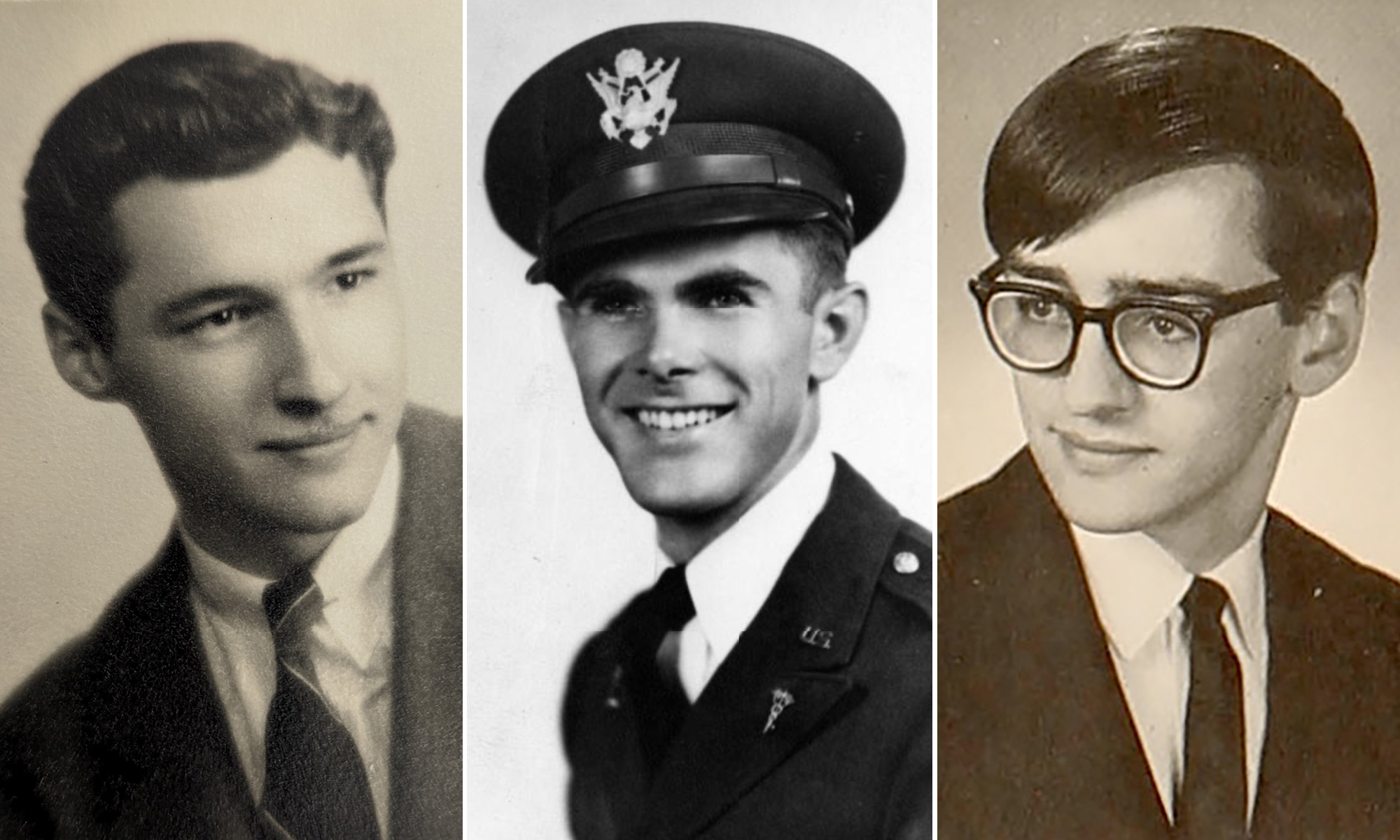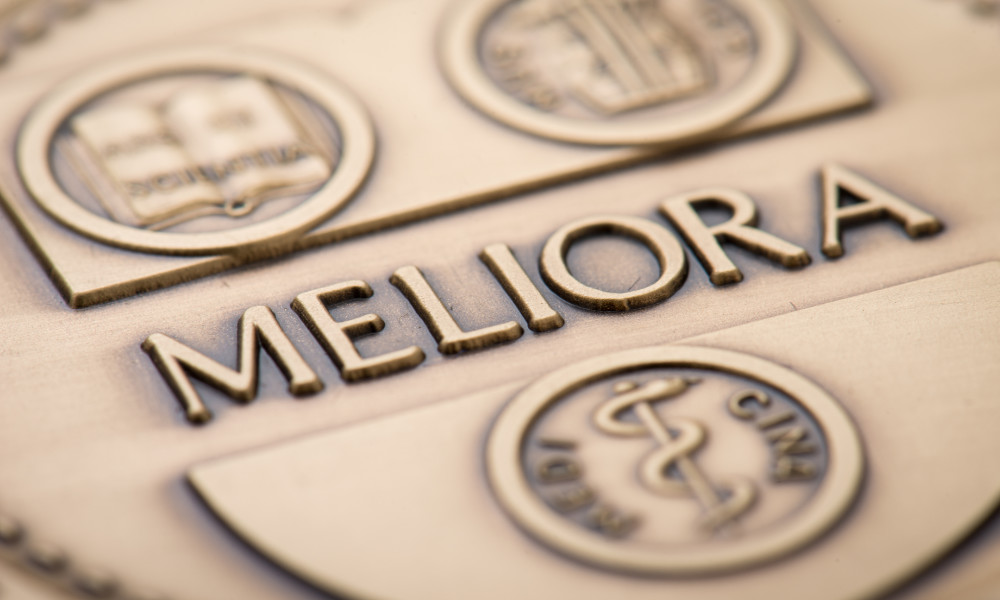A program for University of Rochester students inspires the Queens native to build community through art.
“It was all gas and no breaks,” says Angelica Aranda ’23 of her frame of mind when she decided not to pursue law school. She was going to pursue art—even while realizing that “funding yourself as an artist is not easy.”
But that didn’t stop Aranda from figuring out how to push forward.
At first, politics and law seemed like a natural progression for someone conscious about the world around her. As a high school student, Aranda witnessed the turbulent politics of the Trump era, the effects of the COVID-19 pandemic, and the repercussions of the January 6 Capitol attack. As a result, she became motivated to think she should pursue a career in law.
But Aranda also recalled a time in grade school when she was asked what she wanted to be when she grew up, and her answer would always be “an artist or an inventor.” Luckily for Aranda, she was able to take advantage of the open curriculum at the University of Rochester, exploring her art interests while also pursuing studies in the Department of Political Science.
And it was after a study abroad program, where she studied terrorism and counterterrorism, that she decided for her career path to look instead for artistic ways to serve the world. During her junior year, the Queens native entered Rochester’s Art New York program, interning at a nonprofit gallery in Manhattan’s Chelsea neighborhood called Field Projects.
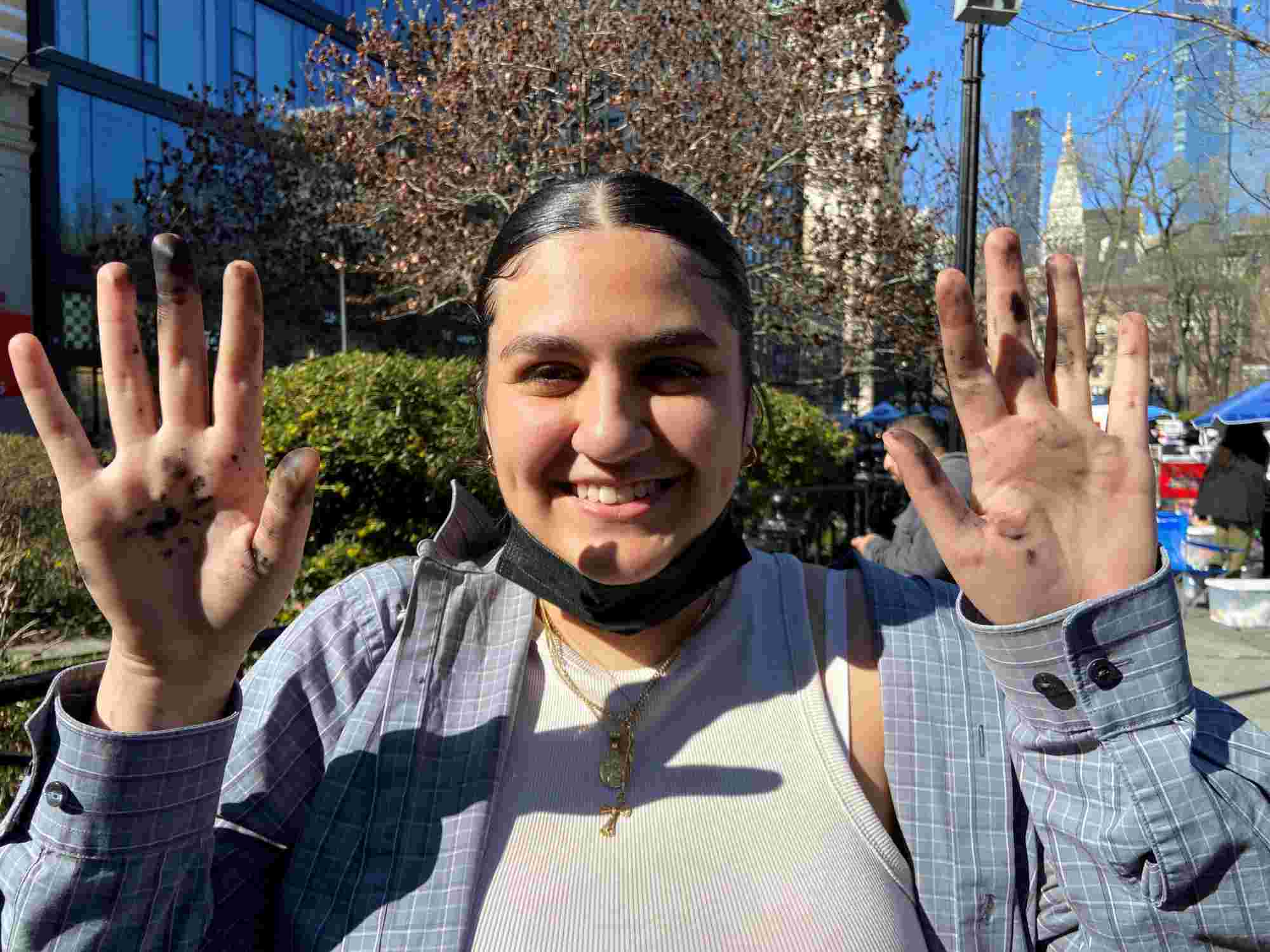
Art New York is set up to fully engage students in the workings of the art world in a city rich with galleries and artists. Once students are admitted to the program, they list their top 10 choices of internship sites and start to reach out to those places.
“The students do a tremendous amount of work up front,” says Heather Layton, an associate professor of art who recently served as the program director and its resident faculty member in New York. Layton says that fewer than half of the students accepted are studio art majors, but they are nonetheless looking to explore opportunities in the art world. “It can be difficult to get an internship in New York City,” says Layton. “We step in to assist with a match, if we need to.”
Finding herself, helping others with book art
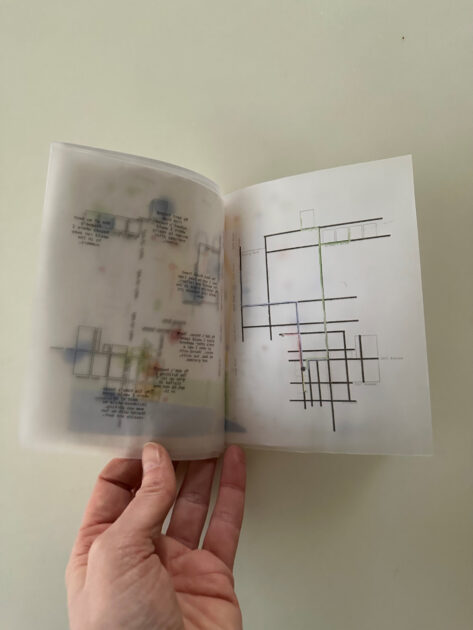
“I was fully submerged,” says Aranda, when she began Art New York.
As an Art New York student, Aranda became fascinated with the book art form. “Book art can be any kind of documentation or art form encased in a book,” she says. “It can be difficult to define an artist’s book because it’s not what you would think of as a novel or a picture book. It could be anything.”
She began an opus of handmade books, specifically zines. Historically, zines have been voices for marginalized communities, from the punk zines of the 1970s to the 1990s riot grrrl movement of women’s self-publication. Layton says of zines: “They can carry huge ideas in small and portable forms. They’re intimate, easily shared, and inexpensively reproduced. It’s a truly democratic art form in the sense that anyone can make or distribute them. Authors bypass publishing companies completely. Zines are the original social media.”
What drew Aranda to zines was how inventive she could be in their design. “I like knowing that book art lets you practice any kind of medium, while still being consistent in the final product,” says Aranda. “It’s nonconformist.”
Aranda saw in book art an opportunity to self-reflect and share the beauty of her childhood community. When students were assigned a mapping project of their first experiences living in New York for the Art New York Field Studio course, she made an artist’s book of her neighborhood in Queens. “My neighborhood is where I see myself having grown up. It wasn’t just in my house,” she says. Adds Layton: “As you flip through this gorgeous book made on semi-transparent paper and see the overlapping imagery and text, Angelica’s hometown neighborhood comes to life. Every single one of the things that Angelica does is well done.”
Internship, entrepreneurship, leadership
During her internship, Aranda also started her first commercial venture. She set up a booth at a festival to support her home community and its businesses, and she sold her first books there. Her next step was to apply for the highly competitive Creatives Build New York (CRNY) program. Funded by the Mellon, Ford, and Stavros Niarchos foundations, CRNY recognizes the critical role of artists by providing guaranteed income and employment to 2,700 artists living New York State.
She was among the winners. “I was blessed that I got it,” says Aranda, who will receive an income of $1,000 for 18 consecutive months with no strings attached.
“Artists are historians and community builders, and it wouldn’t feel right to take a grant like that and not do something for the community that helped me become who I am,” Aranda says. So she decided to help build up the University’s Sage Art Center community through a project called Mart Crew.
She began by setting up a drop box at Sage and inviting students and alumni to submit original works of art on a 4-inch x 5-inch piece of paper.
“She relentlessly recruited for that,” says Layton.
Then, she scanned the submitted works and presented them in a small artist’s book, which she sent to each participant. Included in each book was also an original work of art made by another participant.
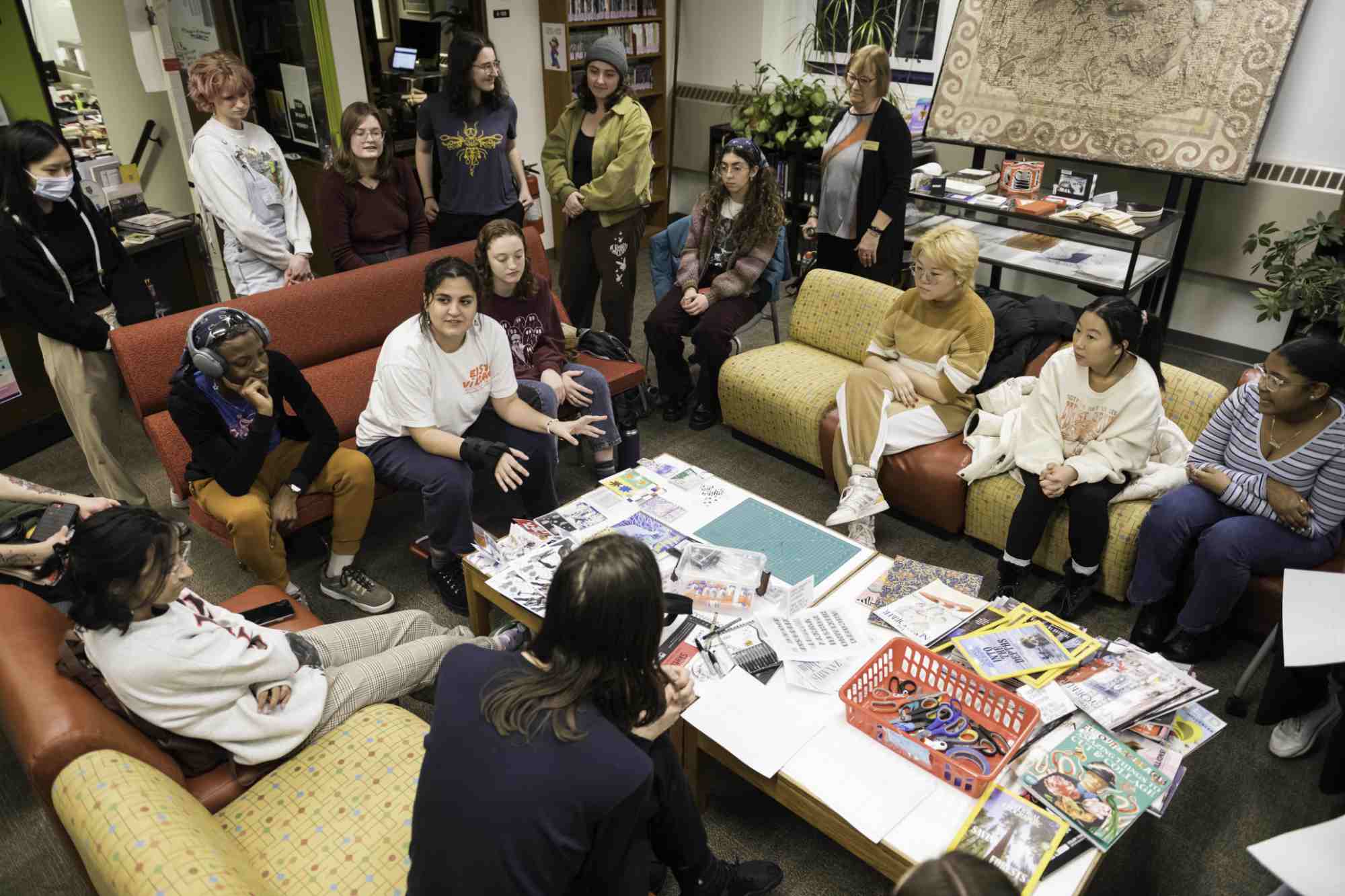
Layton, impressed by Aranda, recruited her as a teaching assistant for her performance art course. At the start of the 2023 spring semester, Aranda also taught a zine workshop to her peers, hosted in conjunction with the undergraduate Creative Arts Club and the Art and Music Library, where she’s currently cataloging and archiving the entire collection of artists’ books under the direction of the art librarian Stephanie Frontz.
Aranda plans to pursue graduate study in library science, looking forward to a career, perhaps, in an artist’s book library. Still, ideally, she wants to continue the book art form. “I always want to find a way to give back to the community,” she says. “And hopefully, wherever I’ll be, I’ll find a way to share what I do with the people I’m around.”
Read more
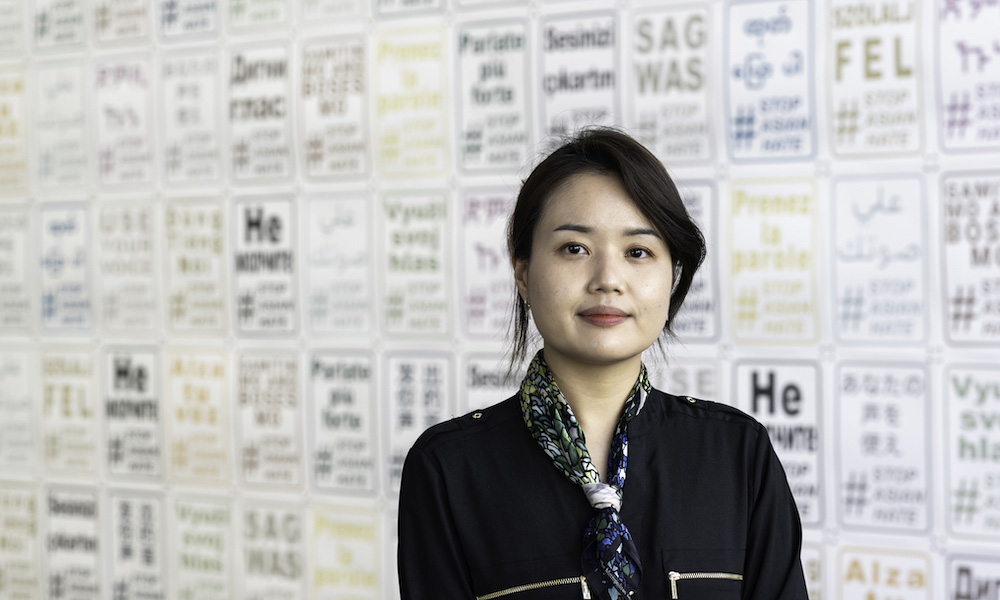 Artist Mizin Shin inspires change with printmaking
Artist Mizin Shin inspires change with printmaking
To counter anti-Asian hate, the Rochester professor has harnessed her love of a traditional art form combined with a digital sensibility.
 Funded internships open doors to graduate schools, career paths, and personal growth
Funded internships open doors to graduate schools, career paths, and personal growth
equitable access to internships helps Rochester students preview their futures.
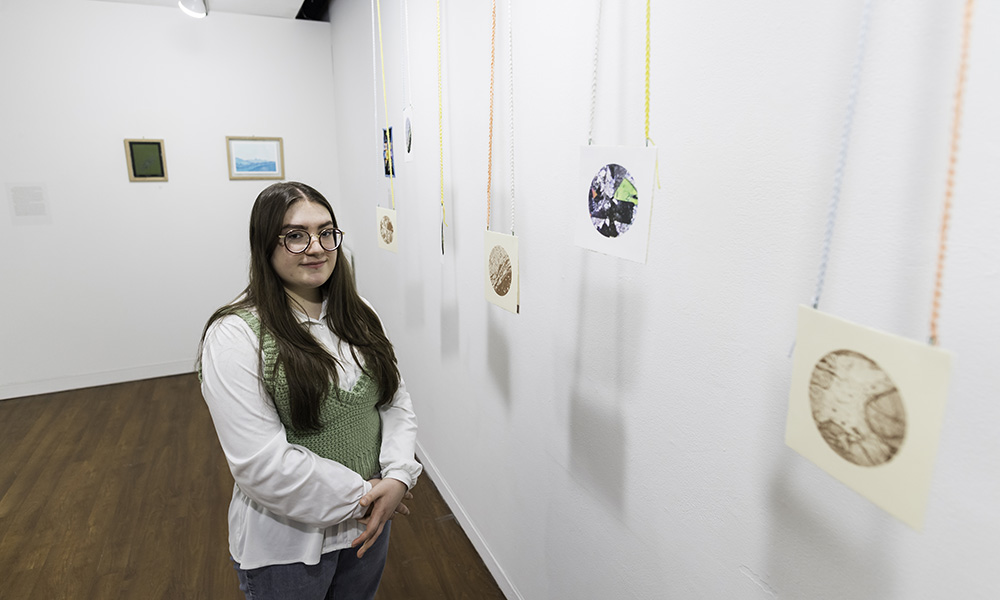 Science under the microscope of visual art
Science under the microscope of visual art
An art and geology double major, University of Rochester student Gabrielle Meli brings scientific processes to her art.


